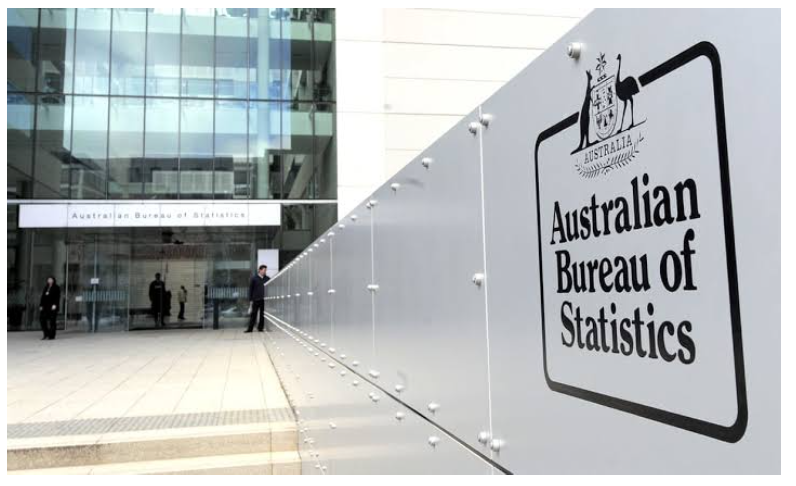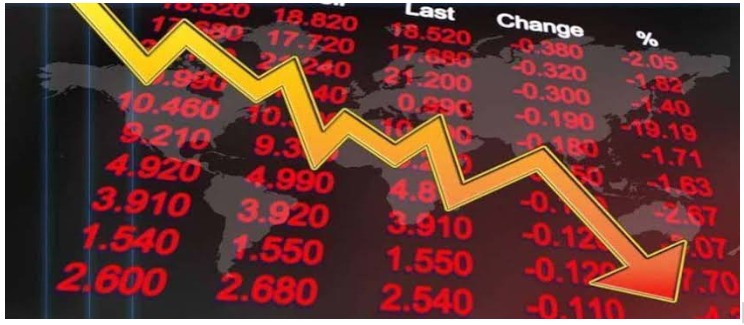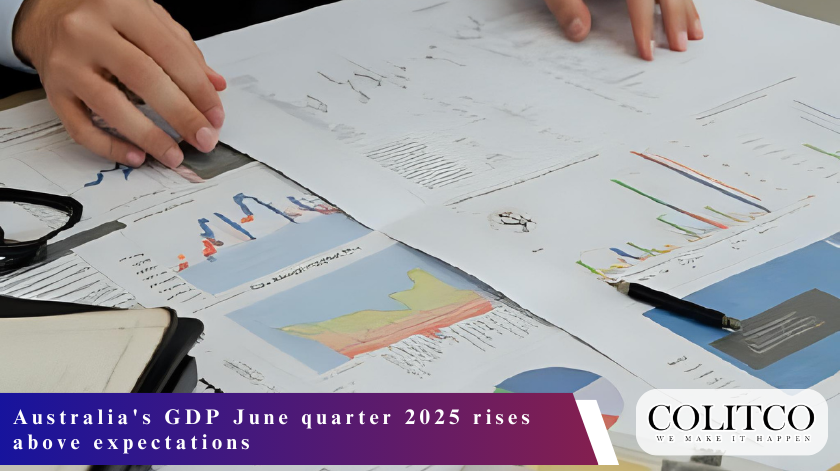According to the Australian Bureau of Statistics (ABS), economic activities in the country increased by 0.6% for the June quarter of 2025. It is an indication of renewed resilience after a sluggish activity for almost a year, surpassing the forecasts of 0.5%. Gross domestic product grew 1.8% on an annual basis fastest growth rate since late in 2023.
The rebound has brought into perspective retail spending, government stimulus packages, and improved trade performance. Yet, policymakers still frown upon the weak business investment.
 Australia’s economy grew 0.6% in the June quarter 2025, ABS reports
Australia’s economy grew 0.6% in the June quarter 2025, ABS reports
What factors supported the Q2 2025 GDP growth?
Household consumption grew by 0.9% while discretionary expenditures registered an increase. There were large increases in travel, hospitality, and retail purchases, with end-of-financial-year sales assistance. Indeed, discretionary expenditure grew 1.4%, its largest contribution in over a year.
In addition, government spending is also proving to be a force for growth. Final consumption increased by 1%, underpinned by purchases for health, defence, and election activities. Household and government demand together acted as a large cushion for declining investment.
Exports gained momentum with shipments of mining and energy products being particularly strong. Net trade was a positive contributor as demand for commodities was strong enough to offset weaker imports.
Is investment slowing Australia’s recovery?
Investment was weak as consumption grew. Public investment fell 3.9%, the steepest quarterly fall since 2017, while a diminished infrastructure activity comprised most of this decline.
Private investment managed a mere 0.1% growth. Negligible growth in non-mining business investment signified some sort of reluctance to diversify amid cost pressures and global uncertainties.
Thus, the figures signify that Australian growth drivers are still concentrated around consumption and government demand rather than towards medium-to-long-term player actor knock investment.
 Public investment dropped 3.9% in the June quarter 2025, the sharpest fall since 2017
Public investment dropped 3.9% in the June quarter 2025, the sharpest fall since 2017
Australia GDP 0.6%: Did living standards improve?
The GDP per capita was up 0.2% during the June quarter, marking a reversal of to decline in the March quarter and would thus offer some relief to households. Still, per capita growth remains fragile as a consequence of population increases outpacing productivity.
Productivity indicators such as GDP per hour worked showed slight improvements. Economists have cautioned that in the absence of stronger productivity gains, sustaining growth might become rather difficult.
What does Australia’s GDP June quarter 2025 mean for the outlook?
The Australian GDP June quarter bounce-back indicates resilience, yet the recovery is uneven. Analysts are wary that household consumption might potentially weaken with cost-of-living pressures remaining high. Rising insurance, housing, and energy prices will likely to weigh on disbursement consumption over the next few months into the second half of this year.
For the Reserve Bank of Australia (RBA), it will be a tough call. If growth is stronger, potential cutting in interest rates could be delayed despite those wanting an easy monetary policy to be put in place to support business. Policymakers will monitor inflation trends very closely before engaging in adjusting monetary policy.
Markets gave a positive reaction to a stronger-than-expected GDP result. There was a slight firming of the Australian dollar by investors who placed the economy’s strength above expectations.
‘Economic growth rebounded in the June quarter following subdued growth in the March quarter, which was heavily impacted by weather events,’ Tom Lay, ABS head of national accounts
For more, see https://t.co/smdV8vi7DL pic.twitter.com/NfzixgS9Qd
— Australian Bureau of Statistics (@ABSStats) September 3, 2025
Can momentum last beyond Q2 2025 GDP Australia?
Sustained growth will therefore depend on increased private investment and productivity. If business investment is not revived, Australia may find itself relying too much on households and the government.
Economists stress that public investment has to recover to back long-term infrastructure projects. Meanwhile, productivity reforms are needed to preserve per capita growth.
There are, of course, global factors as well. The commodity demand from major partners like China will hold sway in the exports over the next quarter. A slowdown in global growth could pressure Australia’s trade-driven momentum.
Despite these risks, the 0.6% growth rate shows the economy remains resilient, even as structural challenges persist.
Also Read: Canada’s GDP Growth Slows to 1%, Raising Prospects of Larger Interest Rate Cut
FAQs
- What was the predominant cause for Australian GDP growth in the June quarter of 2025?
Household consumption supported the increase, together with discretionary spending and government expenditure. Exports lent further impetus.
- Why did public investment fall in the Q2 2025 GDP of Australia?
The drop in public investment of 3.9% reflected diminished infrastructure activity and lower state government capital spending.
- Have anyone’s living standards improved in the June quarter?
Yes, as GDP per capita grew by 0.2%, although productivity gains were scarce, and overall growth per person continues to be weak.
- What are the risks to sustaining growth?
Weak private investment, slowing consumer demand, and uncertainty in world trade may curtail momentum in the latter half of 2025.












